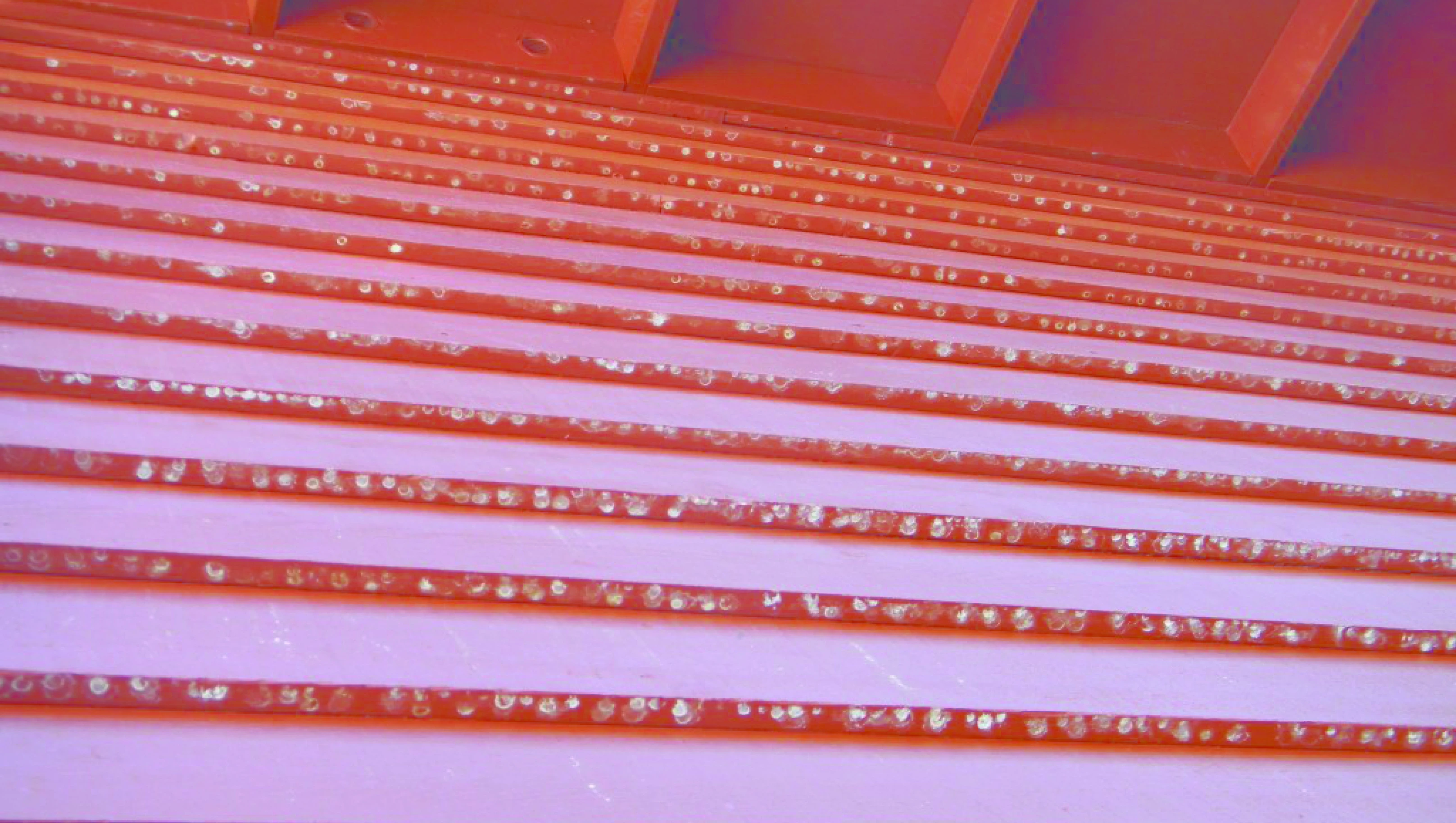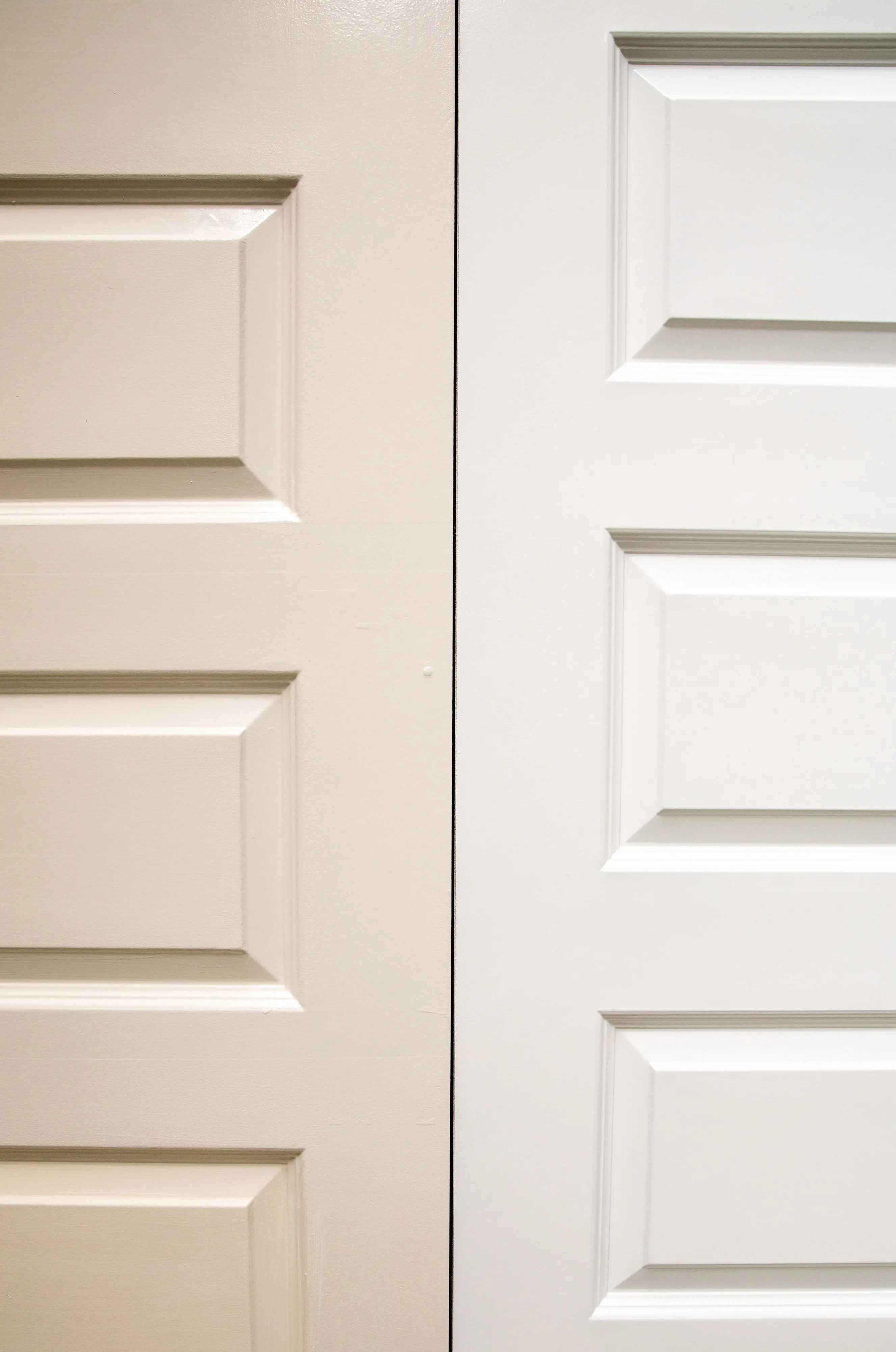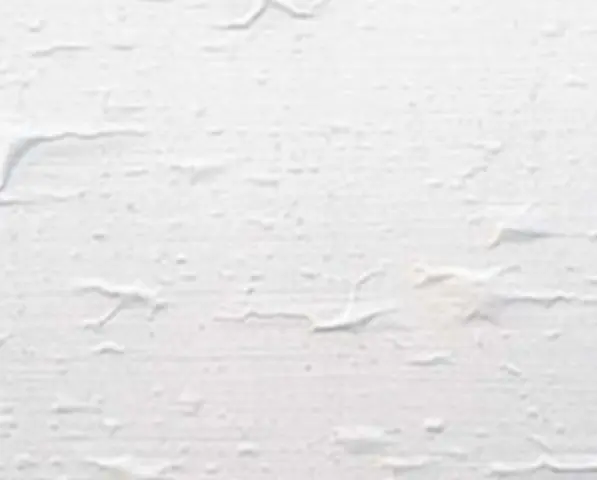Poor alkali resistance
Colour loss and overall deterioration of paint film on fresh masonry.

Possible Cause
Poor alkali resistance occurs when solvent-based coatings are applied to new masonry that has not cured for a full year. Fresh masonry is likely to contain lime, which is very alkaline. Until the lime has a chance to react with carbon dioxide from the air, the alkalinity of the masonry remains so high that it can attack the integrity of the paint film.
Solution
Allow masonry surfaces to cure for at least 30 days, and ideally for a full year, before painting.
If this is not possible, apply a quality, alkali-resistant sealer or water-based primer, followed by a top quality 100% acrylic exterior paint. The acrylic binder in these paints resists alkali attack. Dulux recommends the Dulux Weathershield® range for use on exterior surfaces.
More problem solving advice
Have you noticed small droplets appearing on your fresh coat of acrylic paint? Don't panic – it’s a normal part of the curing process. Find out more.
Yellowing describes the development of a yellow cast in ageing paint solvent-based enamels.
Wrinkling is a term to describe a rough, crinkled paint surface, which occurs when uncured paint forms a 'skin'.
Tannin staining is the brownish or tan discoloration on a painted surface due to migration of tannins from the substrate through the paint film.



